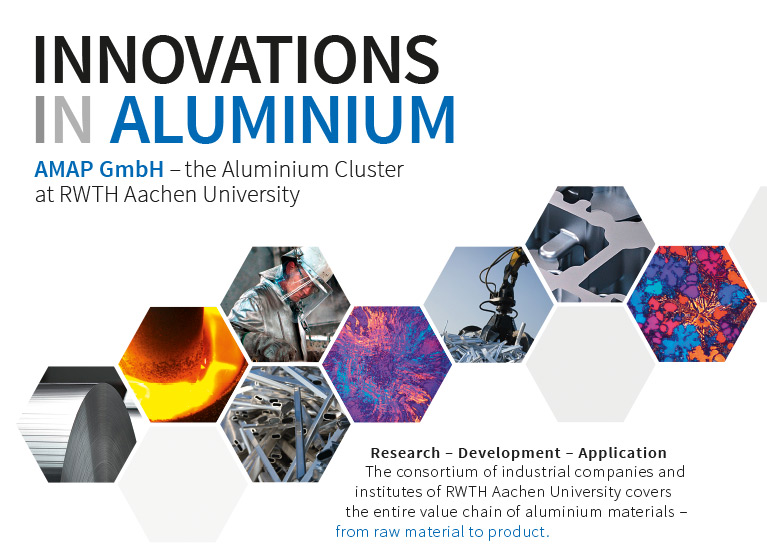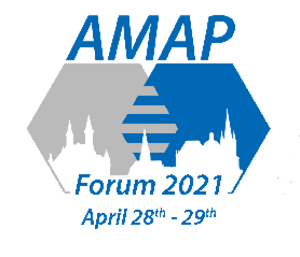III.3 - Aluminum Recycling and Technology at TRIMET -a Technical Overview
Jan Steglich
Trimet Aluminium SE
Summary
“Recycling is the big issue for us aluminum producers,” says Jan Steglich from aluminum producer Trimet. In his presentation “Aluminum Recycling and Technology at Trimet - a Technical Overview”, the expert referred to the increasingly urgent need to combine primary and secondary aluminum. Trimet produces 540,000 tons of primary aluminum per year, plus 245,000 tons of recycled aluminum. Another 250,000 tons of pure trade are added to this. Trimet sells its products in all forms, from liquid aluminum to rolling ingots, pressed ingots, secondary aluminum ingots, wire and T-bars. More than 400 different aluminum alloys are produced at the Essen site alone.
The high demand exceeds the amount of scrap available many times over. All scrap, even heavily contaminated scrap, must therefore be used for production, as Steglich made clear.
Compared to the production of primary aluminum, the recycling of aluminum (for example from beverage cans) is cheaper in terms of energy and at the same time leads to significantly lower CO2 emissions. Trimet has already worked on sustainable aluminum recycling in the AMAP project P5, specifically on efficient melting. The project focused on modeling the heating and melting process of aluminum scrap.
In a follow-up project, the recycling of organically contaminated aluminum is on the agenda. The joint project “ReOrgAl - Increasing the energy and resource efficiency of recycling organically contaminated aluminum scrap” is investigating the process steps of thermal pre-treatment, melting/stirring and burner control in more detail and evaluating different industrial melting furnaces for contaminated scrap. The aim is to reduce the primary energy requirement for melting.
As part of the project, an innovative thermal pre-treatment of organically contaminated scrap using microwaves was developed. The thermal microwave pre-treatment works in a roughly comparable way to a microwave oven familiar from private households. This means that not the entire furnace has to be heated, but in this industrial example only the contaminated scrap, which is a very energy-efficient pre-treatment process.
The evaluation of industrial melting furnaces for contaminated scrap led to a database with the performance of induction and flame furnaces. This also involved the creation of a control concept for low-gas burners and tests of the burner system.
With the aim of reducing the primary energy requirement for melting, various melting units were tested in the technical center and different melting and stirring technologies were tried out. The tests led to the in-house development of a burner control system that is suitable for preparing the furnace for the use of sustainable substitute fuel gases such as hydrogen or carbonization gases. The burner control of the switchable regenerative burner with improved energy efficiency has made it possible to increase the metal yield during the melting process.
The new energy-efficient aluminum regenerative burner therefore has considerable strengths and advantages over standard burners:
- lower metal loss
- Reduced NOx values
- Compact regenerative burner in a design without moving parts
-Suitable for retrofitting older burner systems
The demand for aluminum considerably exceeds the production of aluminum in Germany. This also applies to recycled alloys made from scrap. TRIMET is further increasing the use of scrap through the innovative processes described above, with products already containing up to 95% recyclate. The increasing use of scrap in alloy production has a positive effect on the CO2 footprint of the materials. Despite the urgent need to increase the proportion of scrap in alloys, it must be borne in mind that the local availability and technical use of aluminum scrap is limited for certain materials. Even through global trade, the proportion of scrap cannot be increased at will due to market growth.
The production of primary aluminum in Germany will continue to be necessary in order to meet the high demand for high-quality materials. By combining it with aluminum from primary production, synergy effects are exploited that further reduce the CO2 footprint of the material.


